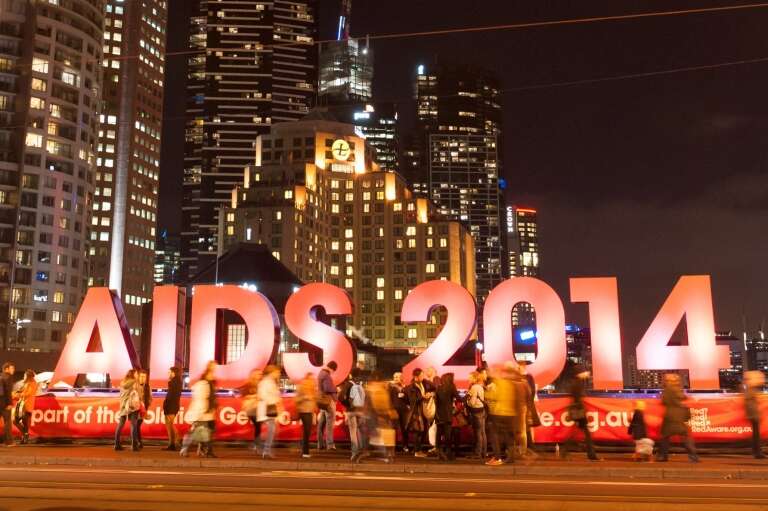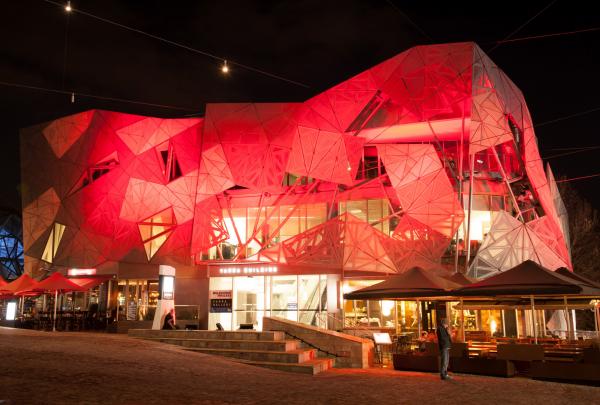
Contact Melbourne Convention Bureau

The legacy of the 2014 World AIDS Conference at MCEC
The World AIDS conference at the Melbourne Convention and Exhibition Centre (MCEC) in 2014 exemplified Australia's proven track record of medical research and innovation.
The International AIDS Society chose Melbourne as the host destination for its collaborative approach, strong support from the city, state and federal governments.

International AIDS Conference 2014, Melbourne, Victoria © Tourism Australia, Melbourne Convention Bureau
Australia boasts world-class medical research and healthcare infrastructure. Each year, pharmaceutical, biotechnology and medical device companies initiate around 1,000 new clinical trials in Australia, meeting the highest quality and ethical standards. Clinical research is a focus for more than 40 Australian Universities and 50 independent medical research institutes, with many working in collaboration. Solutions such as the bionic ear and continuous positive airway pressure devices for sleep apnoea, are two Australian inventions that have transformed people’s lives around the world.
Australian cities are leveraging their knowledge and research capabilities in medical fields, for example, in order to secure major events and to realise the knowledge, investment, employment, and healthcare legacies – but not only – that can result from them. The 20th International AIDS Conference (AIDS 2014), which took place in Melbourne after more than two years of extensive planning and preparation, might well be the epitome of this.

International AIDS Conference 2014, Melbourne, Victoria © Tourism Australia, Melbourne Convention Bureau
The International AIDS Society chose Melbourne as the host destination for its collaborative approach, strong support from the city, state and federal governments. The Melbourne Convention and Exhibition Centre (MCEC) was, at the time, the only venue in Australia capable of hosting an event of this size and magnitude. The Conference utilised the entire facility – all 66,333 square metres of it, and the in-house technology team provided all tech requirements and equipment to facilitate more than 100 satellite events and uploaded 700 individual presentation sessions to the AIDS 2014 website.
To ensure delivery of a world-class event and a memorable experience for a large diversity of visitors more than 500 MCEC employees even participated in HIV/AIDS awareness training, in conjunction with the Victorian AIDS Council and Living Positive Victoria.
The legacies of AIDS 2014 went indeed far beyond the media coverage and economic impacts, though the economic benefits for Melbourne and Victoria were significant, including an estimated economic contribution to Victoria of A$80 million. The Conference brought great visibility to Melbourne’s expertise in HIV research and delivered real action for the HIV/AIDS community, including the Melbourne Declaration and the AIDS 2014 Legacy Statement signifying Australia’s health ministers from every state and territory to a commitment to see the virtual elimination of new HIV infections by 2020.
Article originally published in Boardroom Magazine